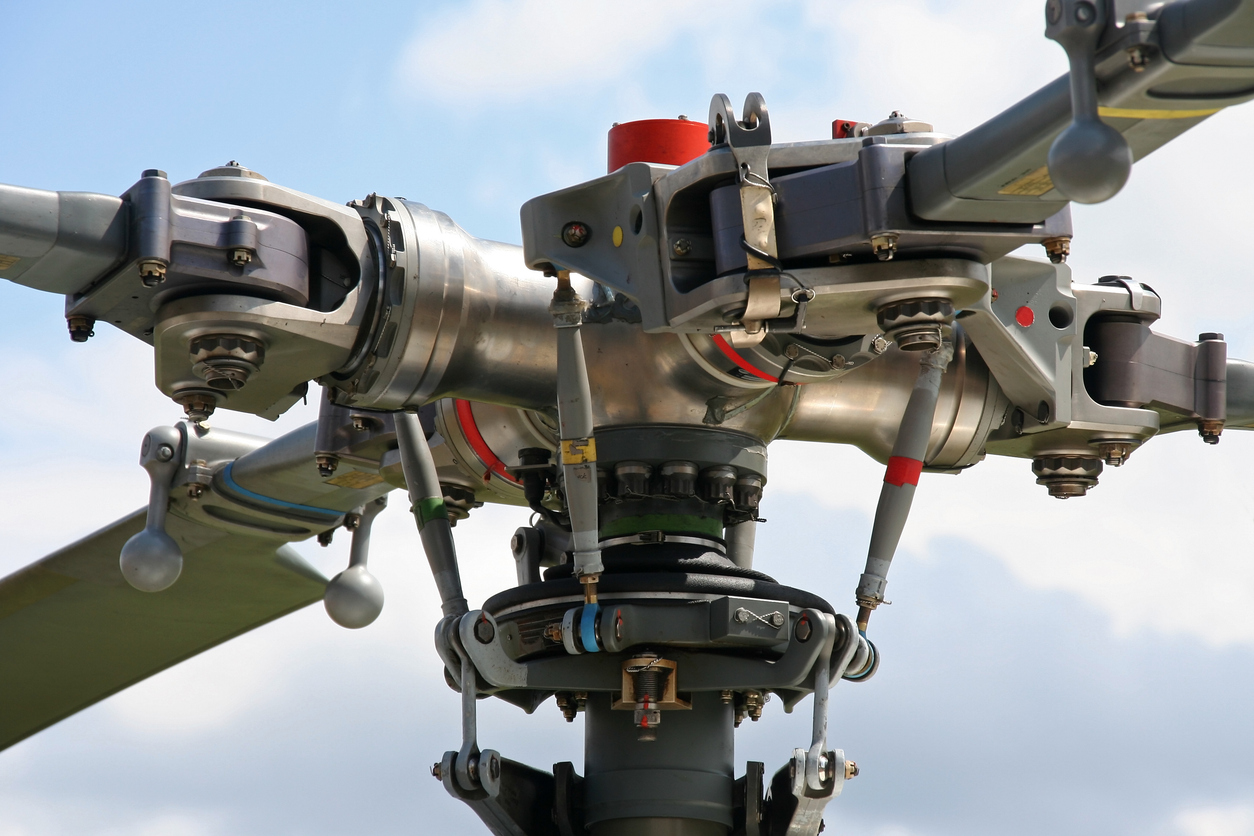Built for the Mission-Critical Edge of Aerospace
JTEKT North America manufactures aerospace-grade Koyo® bearings engineered for use in safety-critical aerospace applications—from commercial and defense aviation to advanced space programs. Our products are built to meet the extreme performance demands of modern aerospace platforms.
JTEKT's aerospace-qualified Koyo® bearings are trusted in:
Flight Control Systems
Flaps, Slats, Actuator Pivot Points
Landing Gear Systems
Propulsion & Power Systems
Jet Engines, Engine Accessory Gearboxes, APU, APU Gearboxes
Rotor Systems
Rotor Assemblies, Rotorcraft Gearboxes, Swashplates
Certifications & Compliance
JTEKT North America maintains AS9100D and ISO 9001:2015 certifications across our aerospace manufacturing operations. All aerospace-grade Koyo® bearings are certified through our Sylvnia, Georgia Aerospace Center of Excellence.
DOWNLOAD OUR CURRENT CERTIFICATIONS [PDF]

“Every aerospace bearing is built under AS9100D-certified conditions and backed by full traceability documentation.”
We support rigorous documentation and compliance standards to meet the requirements of:
- Aircraft and Spacecraft OEMs
- Tier 1 Aerospace Suppliers
- U.S. Department of Defense Programs
Engineered for Precision. Proven in Flight.
We offer a range of engineered solutions with optimizied coatings and clearances:
- DRAWN CUP NEEDLE BEARING
- THRUST NEEDLE BEARING
- CAGE AND ROLLER NEEDLE BEARING
- SOLID RACE NEEDLE BEARING
- CUSTOM AEROSPACE DESIGNS TAILORED FOR MISSION-CRITICAL RELIABILITY
All aerospace production is supported by JTEKT's in-house R&D, application engineering, and materials science expertise.

Ready for the Mission Ahead
Whether your program needs bearing solutions for new aircraft development or aftermarket support for legacy platforms, JTEKT’s aerospace-certified Koyo® bearings deliver the performance and reliability your application demands.









